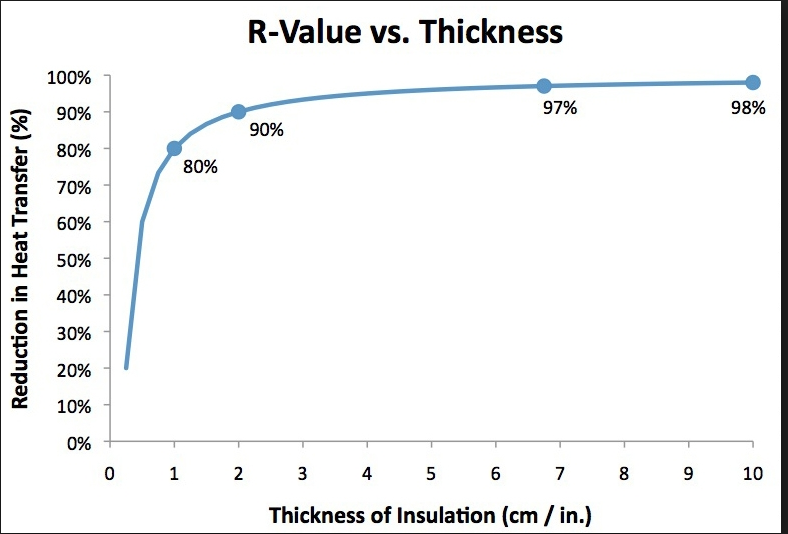Closed Cell – 2 Pound – Spray Foam Insulation
After we purchased our current home we found asbestos (vermiculite) in the rock-wool kitchen insulation. I could not, in good faith, keep the ceilings up, knowing that was all looming overhead. Additionally, the upstairs was hot.. very hot.. it had very little (or missing) insulation. All walls and ceilings were torn down – throughout the entire house and insulation removed.
This remodel started at the studs. With no insulation remaining, closed cell spray foam was the pricey, but obvious choice. I’m very glad we went this direction. To see what this looks like go to WhatAChapel.com
NOTE – If you notice the extreme vaulted ceilings, I went through eight contractors to find one willing to do the job. This guy is the best in town Travis Whittle – Cooler Green Solutions – 512-845-2940
The upstairs and downstairs are also damped for sound and additional thermal insulation using this method with faceless R-30 insulation batts. For walls and shallow ceiling areas, I pulled the batts apart for R-15 dampening and insulation – See this blog post for more information and benefits of using this method.
NOTE- faceless fiberglass insulation must be used along with the 2lb spray foam. The “face” (paper) on the batts creates a moisture barrier. One moisture barrier is ok (spray foam), two will lead to molding and rot.
Closed Cell Spray information. (This stuff is like spraying gorilla glue on the walls):
- Closed cell spray foam is a rigid, 2 pound foam per cubic foot, medium density foam, which uses a hydrofluoro-carbon as a blowing agent that is ozone safe and contains no volatile organic compounds (VOC).
- This blowing hydroflourocarbon (HFC) agent is trapped inside the closed cells and helps increase the R-value.
- Closed cell foam is sprayed into place as two part liquid and expands about 30 to 40 times its self in seconds.
- Most closed cell foams have an aged R-value of 6 to 7 per inch and can be used as a vapor retarder after 1.5 inches, depending on the manufacturer testing.
- They work great indoors or outdoors and are also an air seal. When used outside they must be protected from U.V. light.
- Closed cell is considered water resistant after 1.5 inches and should not be used on roof undersides due to the fact if the roof ever leaks the water will set on top of the foam and will ruin the roof structure.
- Closed Cell spray foam is very hard: it has a tensile strength of about 25 pounds per square inch. It can add some racking strength to structures, but it is not a structural material.
The air sealing capabilities and the thermal performance is very impressive.
- Just 2 inches of closed cell spray foam stops 94.4% of heat loss.
- As you can also see by the chart adding higher thicknesses do not gain a lot of performance.
- Applying closed cell spray foam thicker is not cost effective.
